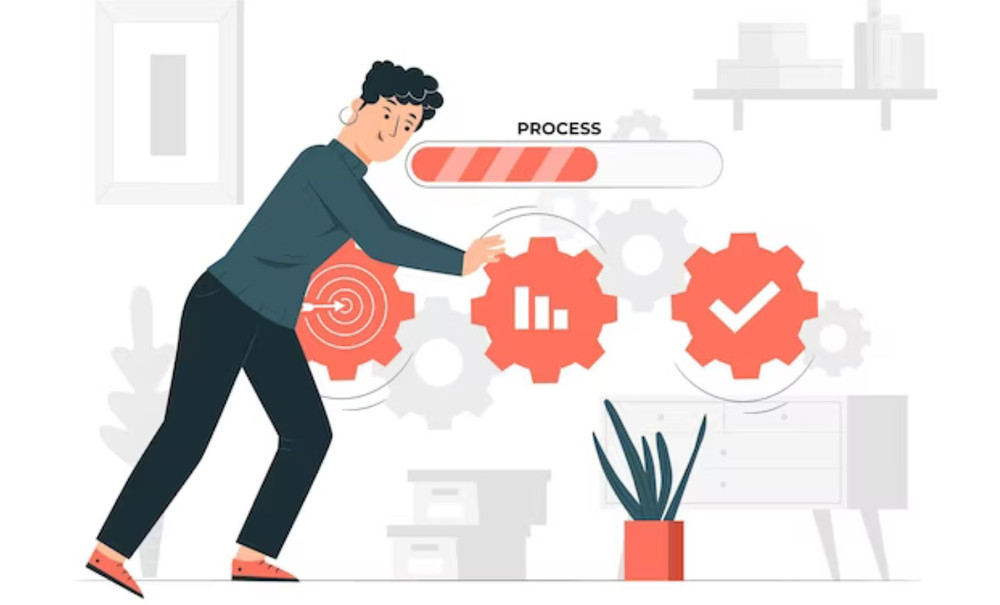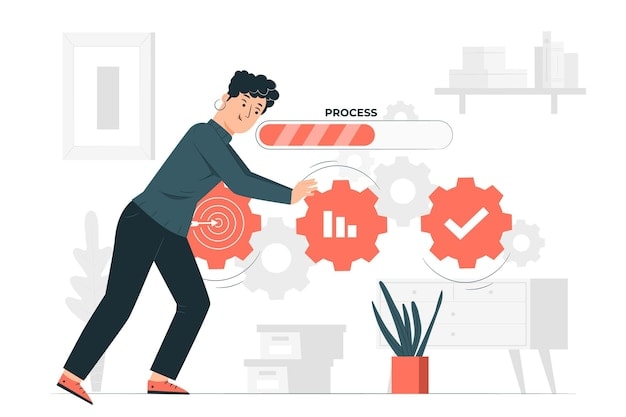

Tôi hiểu thất vọng của sinh viên này bởi vì không thể nào loại bỏ được các lỗi dựa trên việc kiểm thử.
Tôi làm việc trong công ti hàng không và tôi có thể nói với bạn rằng máy bay là hệ thống phần cứng và phần mềm phức tạp. Mặc dầu không ai có thể chứng minh được rằng máy bay không có khiếm khuyết nhưng công ti chúng tôi nhận trách nhiệm về mọi khiếm khuyết. Tuy nhiên, chúng tôi không dựa vào việc kiểm thử sản phầm để loại bỏ khiếm khuyết bởi vì chúng tôi biết rằng kiểm thử là cách rất tốn kém và không hiệu quả để khử bỏ khiếm khuyết.
Chúng tôi tập trung vào tuân theo các qui trình phát triển và chế tạo đã được xác định rõ, chúng tôi dùng các thủ tục đo được và các phương pháp thống kê để xây dựng mọi thứ đúng đắn ngay từ đầu. Tất nhiên chúng tôi làm kiểm thử sản phẩm của mình nhưng kiểm thử là nỗ lực cuối cùng để đảm bảo sản phẩm có chất lượng rất cao.
Câu hỏi của tôi là tại sao công nghiệp phần mềm không thể áp dụng điều mà công nghiệp chế tạo đã từng làm trong nhiều năm rồi? Điều đó đưa tôi tới một câu hỏi nền tảng khác tại sao người làm phần mềm lại không được dạy về qui trình phần mềm? Tại sao phần lớn các đại học vẫn dạy sinh viên về ngôn ngữ lập trình và kiểm thử mà không dạy về qui trình phát triển phần mềm?
Qui trình là dãy các bước được thực hiện theo một lí do nào đó. Qui trình tích hợp con người, thủ tục và công cụ để tạo ra sản phẩm cuối cùng. Sản phẩm có thể là máy bay, xe hơi, điện thoại di động hay phần mềm máy tính. Qui trình là điều mọi người làm, dùng các thủ tục, phương pháp, công cụ và trang thiết bị để biến đổi vật liệu thô như gỗ, kim loại thành sảnh phẩm như nhà, xe hơi. Qui trình phần mềm là tập các bước (kể cả thủ tục, phương pháp và công cụ) mà mọi người tuân theo để phát triển sản phẩm phần mềm. Khái niệm then chốt ở đây là chỗ chất lượng của sản phẩm được xác định bằng chất lượng của qui trình được dùng để phát triển nó.
Cho nên khi sản phẩm có lỗi, bạn phải quay lại qui trình và nhận diện cái gì là nguyên nhân, nó xảy ra ở đâu trong qui trình và sửa nó để cho nó sẽ không xảy ra nữa. Bằng việc áp dụng phương pháp thống kê để đo mọi bước trong qui trình, người kĩ sư có thể tạo ra một miền có hiệu quả các kết quả được trông đợi mà có thể đạt tới được bằng việc tuân thủ theo qui trình phần mềm. Bằng việc cải tiến liên tục qui trình và loại bỏ nguyên nhân lỗi, người kĩ sư phần mềm có thể tạo ra sản phẩm phần mềm với ít khiếm khuyết hơn. Tôi thận trọng không nói “không lỗi” ở đây bởi vì khó chứng minh được điều đó nhưng phần mềm với thật ít lỗi thì tốt hơn là phần mềm đầy lỗi.
Khái niệm về qui trình là yếu tố then chốt trong giáo trình phần mềm mới có tên là Kĩ nghệ phần mềm. Trong lĩnh vực này, sinh viên sẽ học việc áp dụng cách tiếp cận có kỉ luật và có định lượng vào việc phát triển phần mềm. Kỉ luật này bao gồm tri thức, công cụ và phương pháp xác định yêu cầu, kiến trúc hệ thống phần mềm, thiết kế và thực hiện sản phẩm phần mềm, tiến hành kiểm thử và kiểm chứng rằng sản phẩm đáp ứng yêu cầu. Triết lí của bộ môn này là chất lượng phần mềm thuộc vào trách nhiệm của người làm phần mềm, người tạo ra sản phẩm phần mềm. Tuy nhiên, nếu người làm phần mềm không cải tiến kĩ năng của mình, không phân biệt giữa “kĩ nghệ phần mềm” và “lập trình phần mềm” thì ngành công nghiệp phần mềm không thể đi rất xa được. Chừng nào mà người làm phần mềm vẫn cứ khăng khăng rằng chất lượng không phải là trách nhiệm của họ, thì chất lượng không thể được cải thiện.

Last week, one student told me: “Software is so complex and it is impossible to remove all defects. The more I tested software, the more defects I found and the more I fixed those defects, the more defects appeared”. I understand his frustration because it is not possible to remove defects based on testing alone.
I work in an aerospace company and I can tell you that an aircraft is a complex hardware and software systems. Although no one can prove that the aircraft has zero defects but our company does take full responsibility for any defects. However, we do not rely on product testing to remove defects because we know that testing is very expensive and ineffective way to eliminate defects. We focus on following a well defined development and manufacturing processes, we use measured procedures and statistical methods to build everything corrected from the beginning. Of course we do test our products but testing is the last resort to ensure the products are of very high quality.
My question is why software industry can not apply what the manufacturing industry has been doing for years? That brings me to another fundamental question why software people are not taught about software process? Why most universities are still teaching students about programming languages and testing but not the process of develop software?
Process is a sequence of steps performed for a given reason. Process integrates people, procedures and tools to create a final product. The product can be an aircraft, a car, a mobile phone or computer software. Process is what people do, using procedures, methods, tools, and equipments to transform raw materials such as wood, metal into a product such as a house, a car. A software process is a set of steps (including procedures,
methods and tools) that people follow to develop software product. The key concept here is that the quality of the product is determined by the quality of the process used to develop it. So when the product has defect, you must go back to the process and identify what is the cause, where does it happen in the process and fix it so it will not happen again. By apply statistical method to measure every process steps, engineer can effective create a range of expected results that can be achieved by following a software process. By continuously improve the development process and remove the cause of defects, a software engineer can produce software product with much fewer defects. I am carefully not to say “Zero defects” here because it is difficult to prove it but software with much fewer defects is better than software full of defects.
The concept of process is the key element in a new software curriculum called Software Engineering. In this field, students will learn the application of a disciplined and quantifiable approach to the development of software. This discipline consists of knowledge, tools, and methods for defining requirements, architect a software system, design and implement software products, conduct testing and verify that the product meet
requirements. The philosophy of this discipline is software quality is the responsible of software people who create the software product. However, if software people do not improve their skills, do not distinguish between the “engineering of software” and the “programming of software” then the software industry cannot go very far. As long as software people insist that quality is not their responsibility, quality cannot be improved.